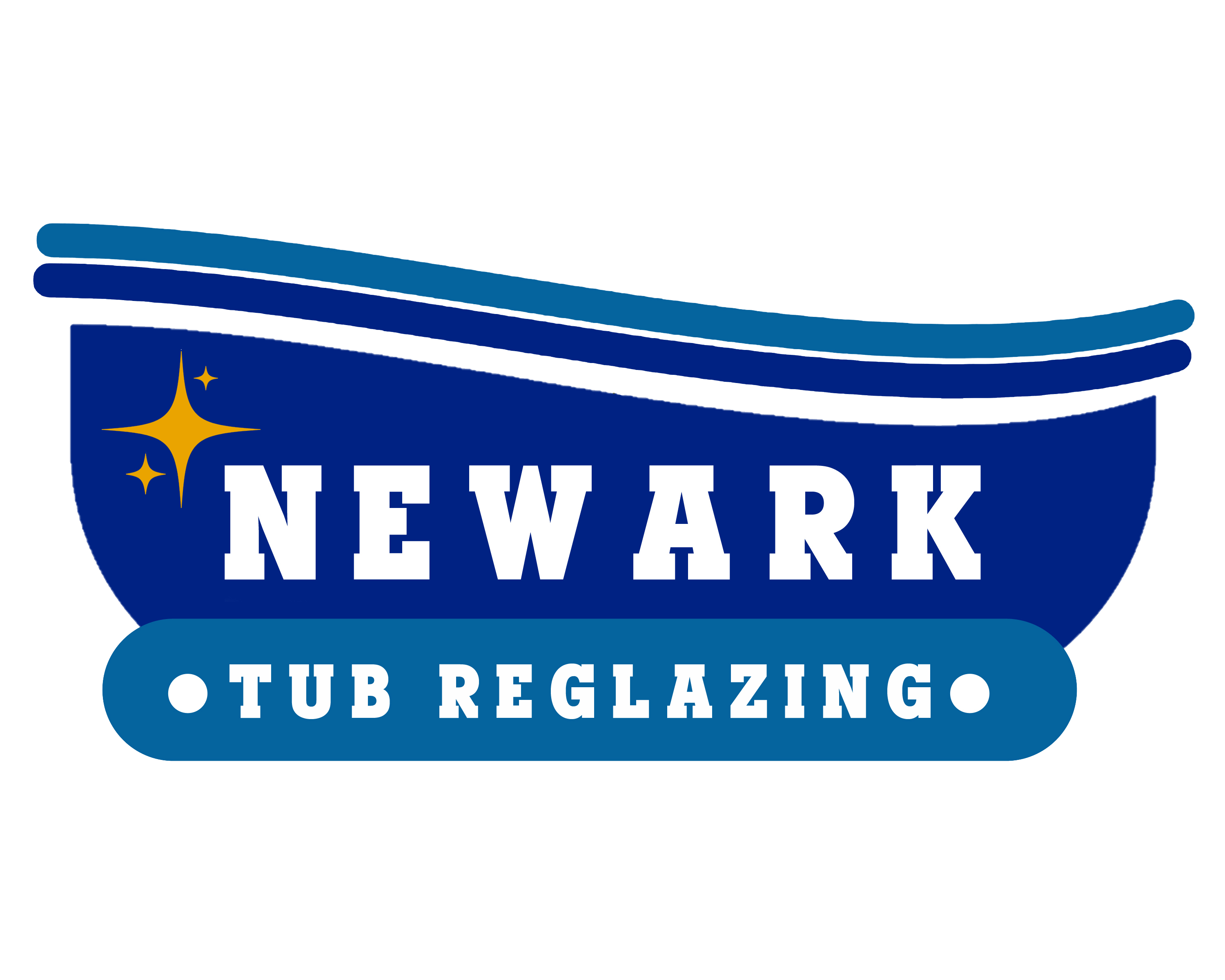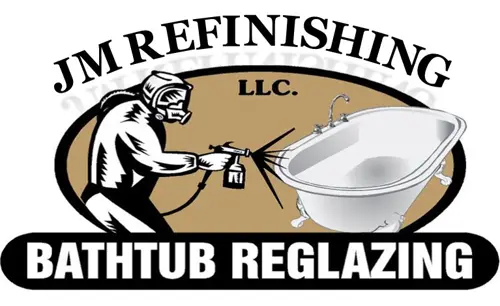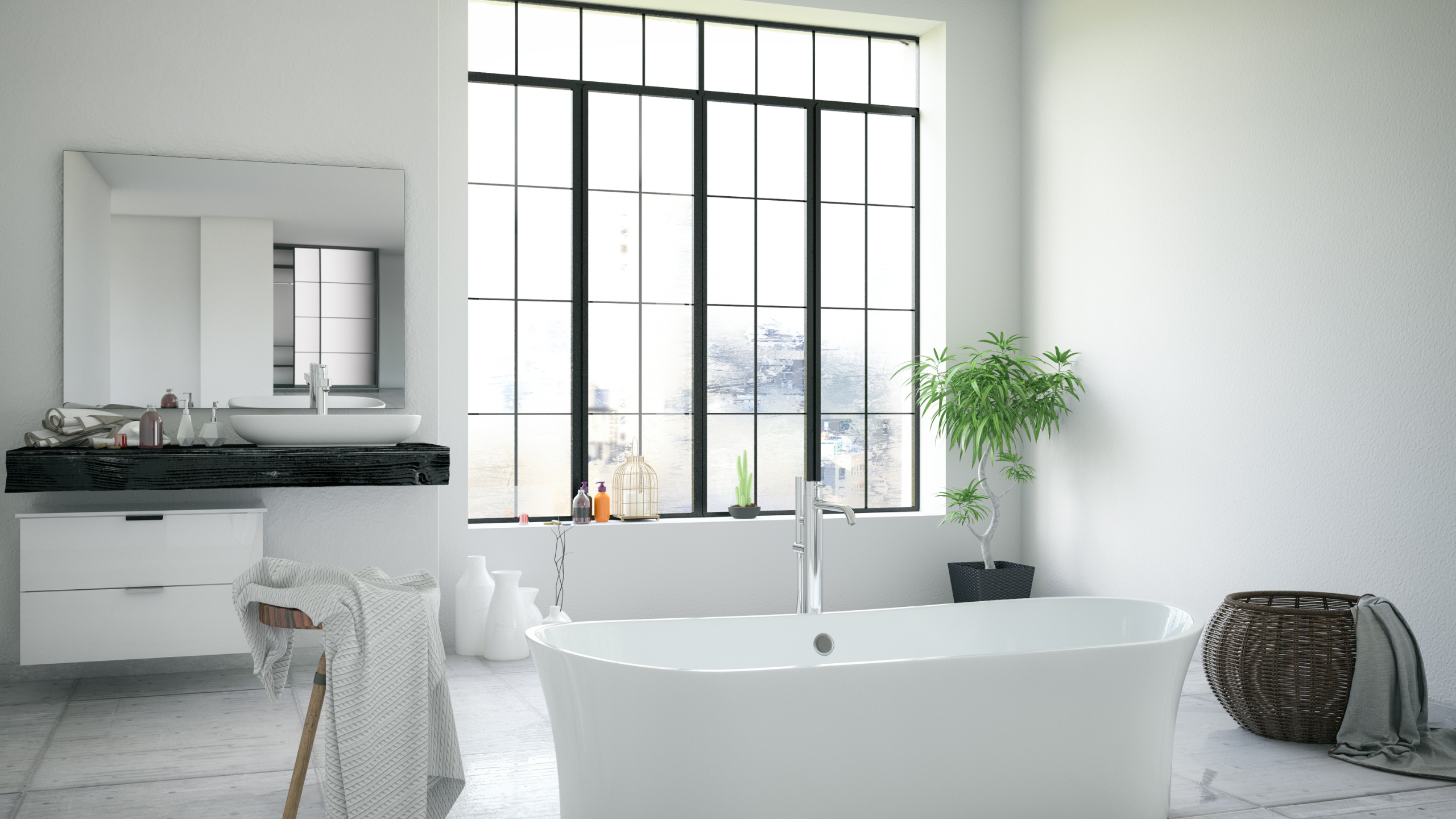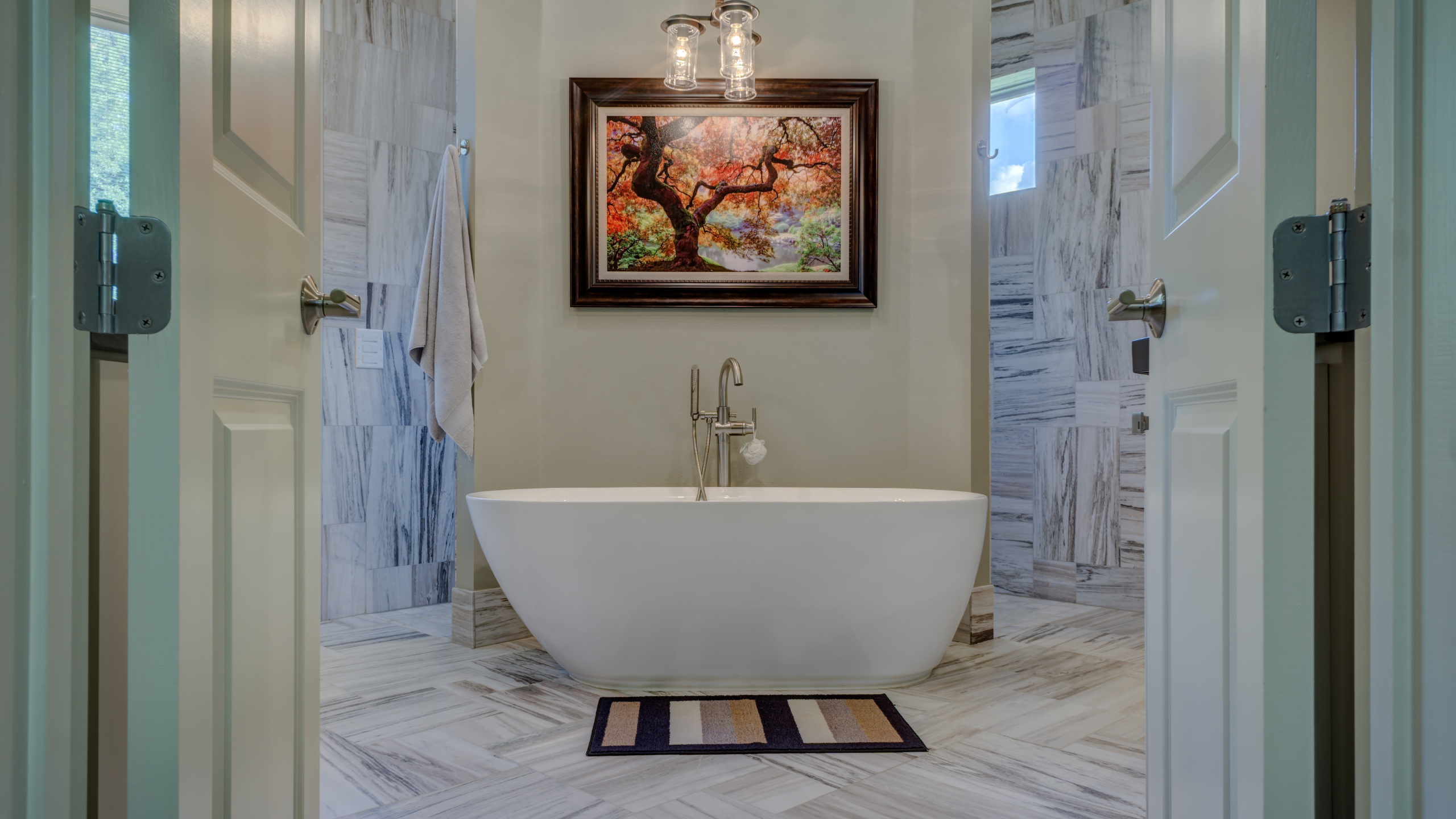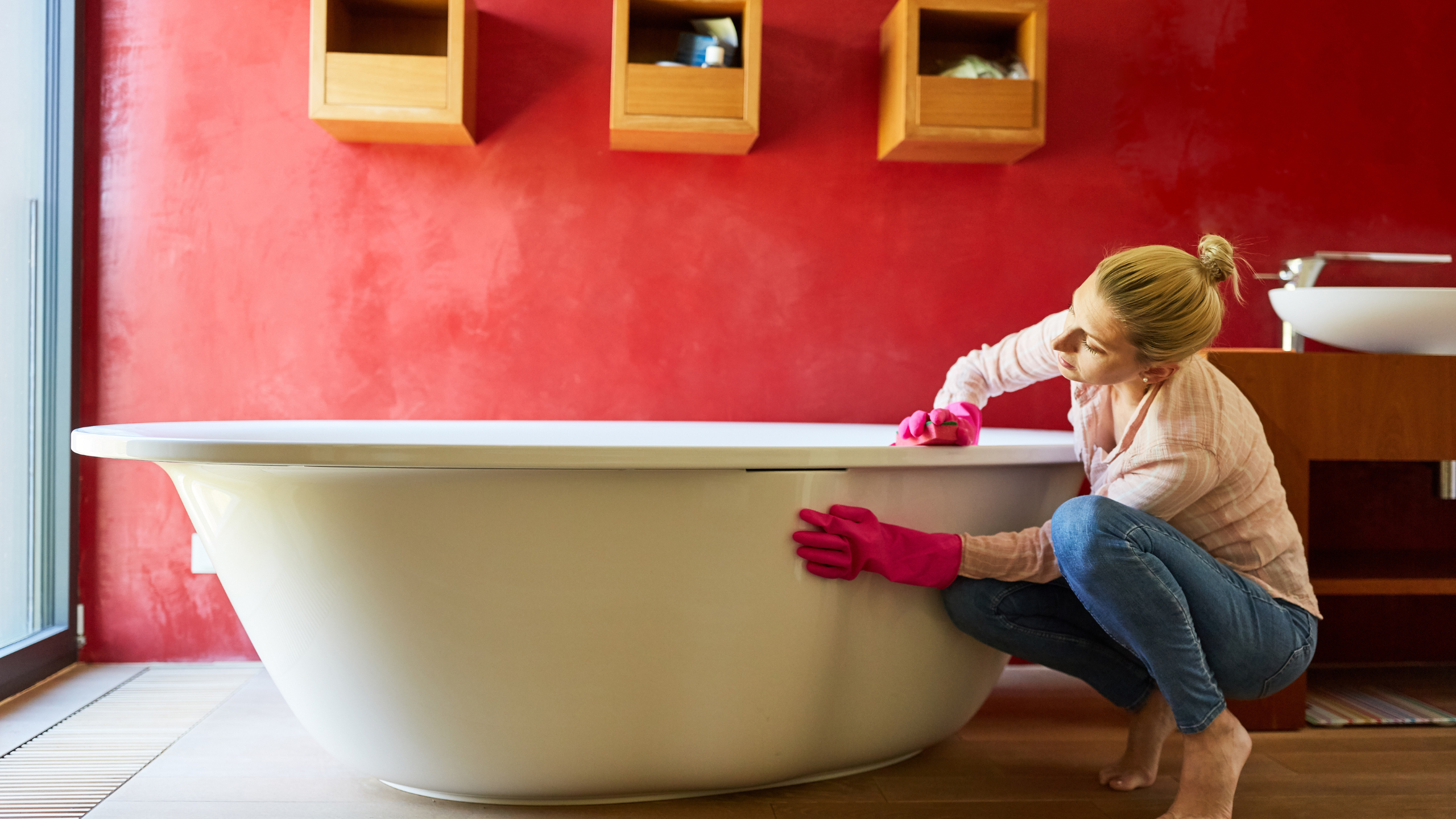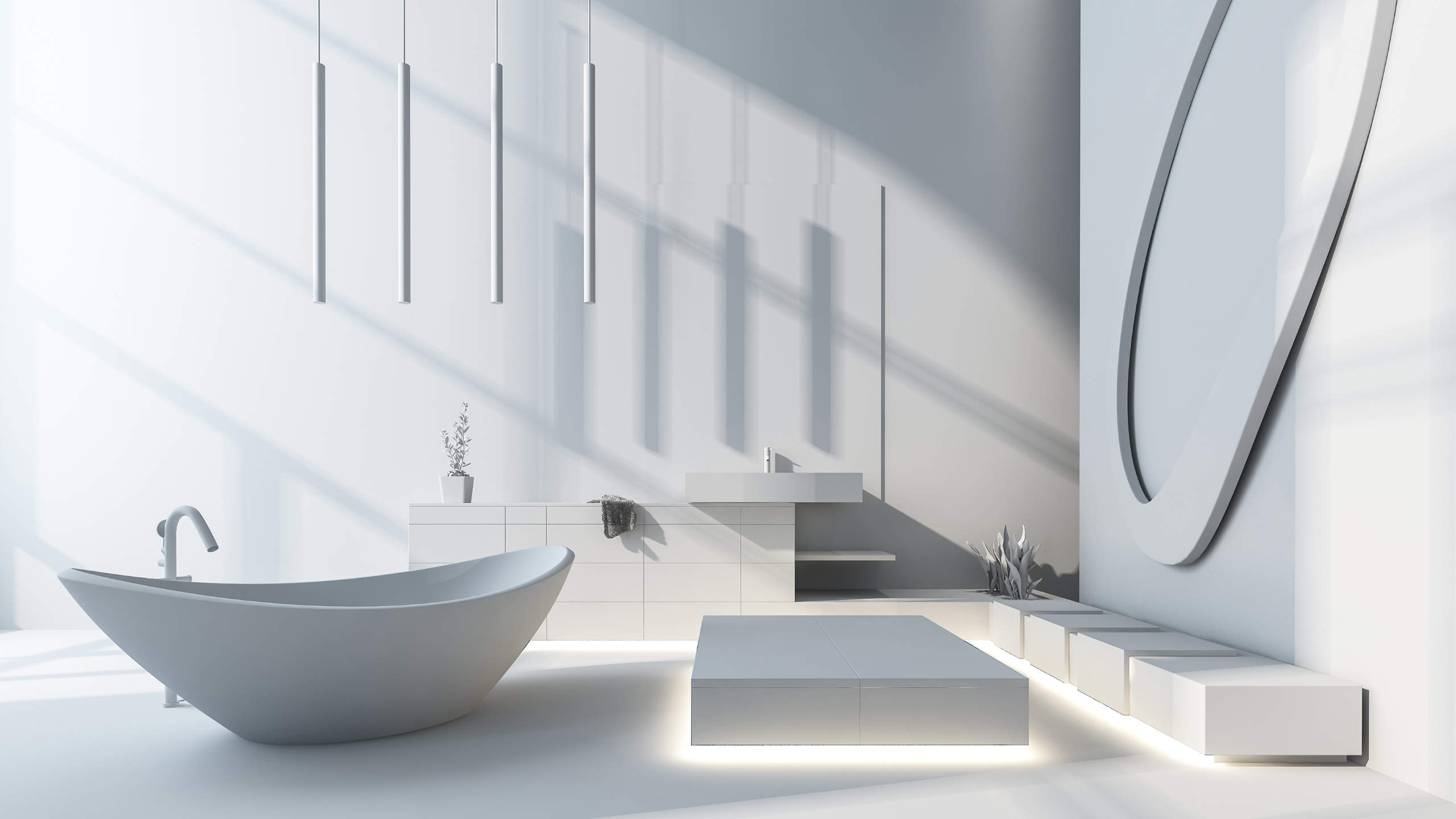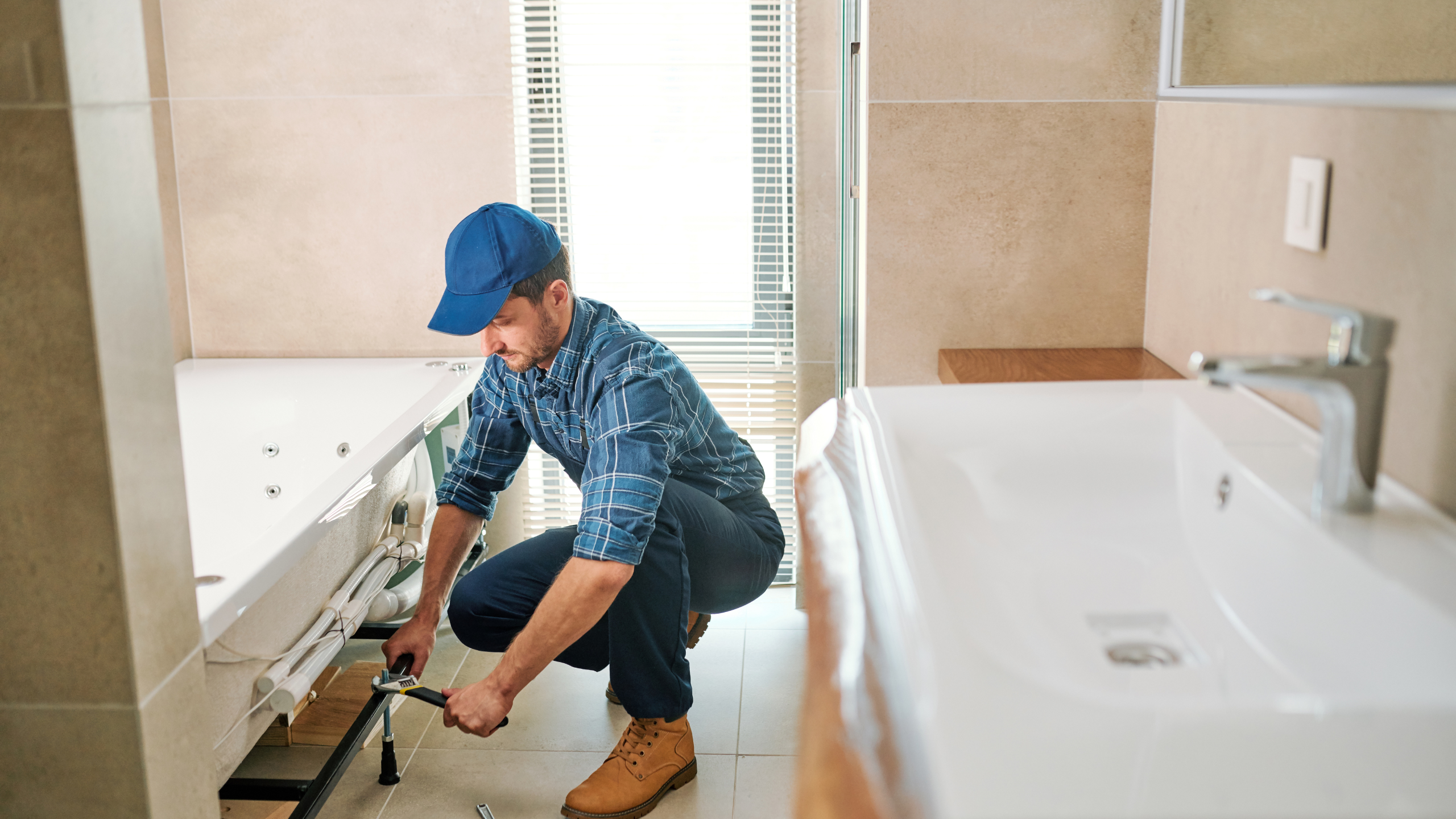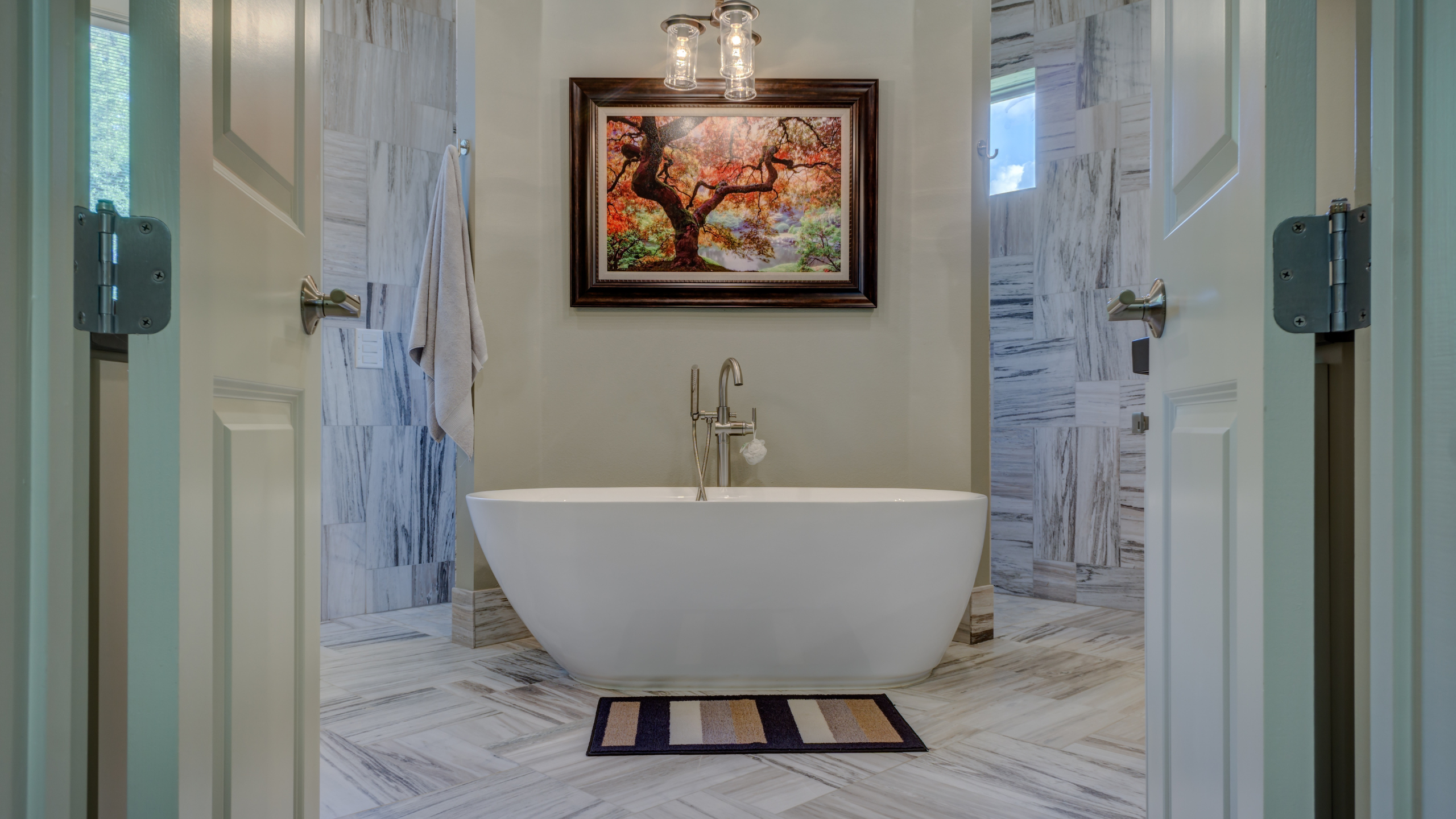Feeling exhausted from seeing your worn-out bathtub, craving a fresh look? You’re not alone. Many seek bathtub refinishing to revamp their bathrooms without breaking the bank on complete renovations. Yet, understanding the financial side is vital before taking the plunge. Dive into this detailed guide, where we break down the costs of bathtub refinishing in 2024 and explore the factors impacting your spending.
Seeking an affordable way to boost your home’s value? Reach out to Newark Tub Reglazing at (862) 420-8766 without delay. We’ll gladly alleviate all your worries.
Bathtub Refinishing Expenses in 2024
In 2024, fixing up your bathtub usually costs between $300 and $600, depending on a few things. The material of your tub, like porcelain or fiberglass, can increase the cost because each material needs different treatments. If you have a big tub, it might cost more because it requires more stuff to fix it and more work. Also, if your tub is damaged, it could cost more because it needs extra repairs. And how you decide to fix your tub, like with traditional methods or newer ones like bathtub inlays, can change the price too. So, thinking about all these things is essential when planning to fix your tub in 2024.
Factors Impacting Bathtub Refinishing Costs
When considering the cost of refinishing your bathtub, several factors come into play, including:
Material: Bathtubs come in various materials, such as porcelain, fiberglass, acrylic, and cast iron. The material of your tub can significantly influence the cost of refinishing due to differences in preparation and materials required for each type.
Size: The size of your bathtub matters. More giant tubs naturally require more materials and labor to refinish, potentially increasing the overall cost compared to smaller ones.
Condition: The condition of your bathtub plays a crucial role in determining the refinishing cost. If your tub has extensive damage, deep scratches, or stubborn stains, additional preparatory work may be necessary, leading to higher expenses.
Refinishing Method: The chosen refinishing technique also affects the cost. Whether you opt for bathtub inlays, traditional resurfacing, or other methods, each has its own associated costs, materials, and labor requirements.
Other Considerations: Additional factors that can impact the cost include the complexity of the design, accessibility of the tub, and any special features or customization you desire.
By considering these factors and discussing them with a professional refinishing service, you can better understand the total cost of refinishing your bathtub and plan accordingly.
The method you choose to refinish your bathtub also affects the price. For example, opting for a bathtub inlay or a piece of laminate to cover the bottom of your tub can impact the overall cost.
How you fix up your bathtub can change how much it costs. For example, using a bathtub inlay, like a laminate covering the bottom of your tub, can hide any scratches or marks. These inlays are a cheaper way to make your bathtub look better. But remember, they might not work well if your tub is damaged and needs many repairs. So, when thinking about how to fix your tub, check its condition and pick a method that fits what you want to do and how much you want to spend.
Cost by Type of Tub
- Porcelain: Refinishing a porcelain bathtub typically falls within the range of $300 to $600. Porcelain tubs are renowned for their durability and resistance to stains, making them a preferred choice among homeowners seeking longevity. Refinishing can breathe new life into an aging porcelain tub, restoring its glossy finish and extending its lifespan.
- Fiberglass: Refinishing a fiberglass bathtub typically costs $300 to $600. Fiberglass tubs, prized for their lightweight construction and affordability, may lose their shine over time, developing a dull or discolored appearance. Refinishing can revitalize the surface of a fiberglass tub, giving it a fresh look without the expense of replacement.
- Acrylic: Refinishing an acrylic tub comes with a slightly variable cost, usually from $350 to $700. Acrylic tubs are favored for their sleek aesthetics and low maintenance needs. Refinishing can effectively address minor scratches or chips, restoring the tub’s smooth surface and glossy sheen.
- Cast Iron: Refinishing a cast iron bathtub tends to be on the higher end of the price range, typically from $400 to $800. Cast iron bathtubs are highly esteemed for their durability and timeless elegance. While refinishing a cast iron tub may require a more significant investment, the results can be remarkable, transforming an aged, worn-out tub into a captivating centerpiece in the bathroom.
Cost by Tub Condition
- Minor Damage or Stains: When dealing with minor damage, such as surface scratches or small stains, refinishing typically falls toward the lower end of the price range. Minor imperfections usually require minimal preparation, like cleaning and sanding, before applying refinishing materials.
- Moderate Damage: Tubs with moderate damage, like deeper scratches, chips, or discoloration, may need extra preparation for a smooth finish. This might involve filling chips, repairing cracks, or applying multiple layers of refinishing materials. As a result, refinishing a tub with moderate damage may cost more than minor repairs.
- Severe Damage: More intensive refinishing techniques may be necessary for tubs with extensive damage or deeply ingrained stains. This could include thorough cleaning, addressing structural issues, or removing previous refinishing layers before applying new coatings. The labor and materials needed for severe damage can significantly raise the refinishing cost.
Cost by Refinishing Method
- Traditional Resurfacing: Traditional resurfacing methods involve sanding down the current surface of the bathtub, addressing any damage, and applying new coatings to restore its appearance. This process typically falls within the price range of $300 to $600, depending on the tub’s size, material, and condition. Traditional resurfacing is versatile and suitable for many tubs, effectively addressing minor to moderate damage.
- Bathtub Inlays: Bathtub inlays provide a more economical alternative to traditional resurfacing. Installing an inlay involves placing a durable laminate or acrylic panel over the existing bathtub surface to conceal imperfections and offer a fresh look. Bathtub inlays generally range from $200 to $400, appealing to homeowners looking to enhance their bathtub’s appearance without the expense of a complete refinishing project. However, it’s important to note that while bathtub inlays can effectively address minor surface damage, they may not be suitable for tubs with severe damage requiring extensive repairs.
Conclusion
Grasping the costs linked with bathtub refinishing is essential for efficiently planning your renovation budget. By considering factors such as your tub’s material, size, condition, and the chosen refinishing method, you can better understand the anticipated expenses for your project. Whether you opt for traditional resurfacing or explore contemporary alternatives like bathtub inlays, there are options to suit various budgets. With careful consideration and preparation, you can give your bathtub a rejuvenated look without exceeding your budget.
